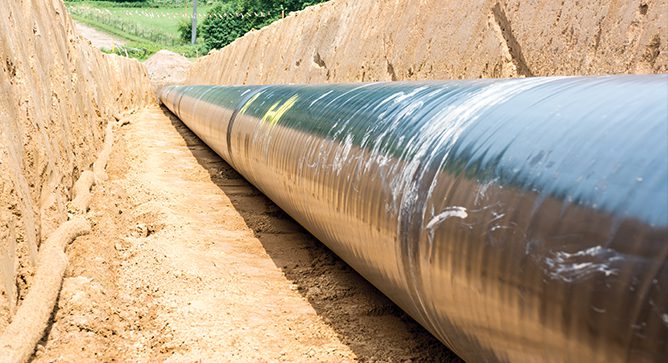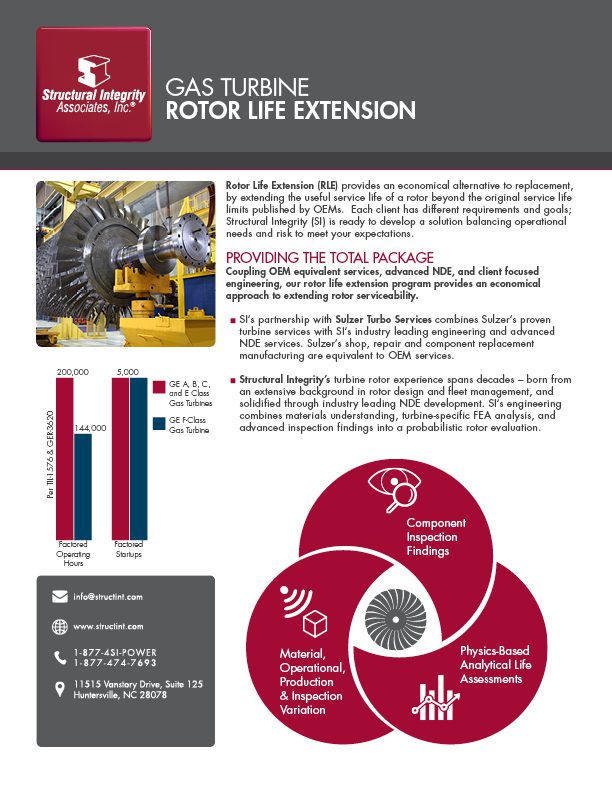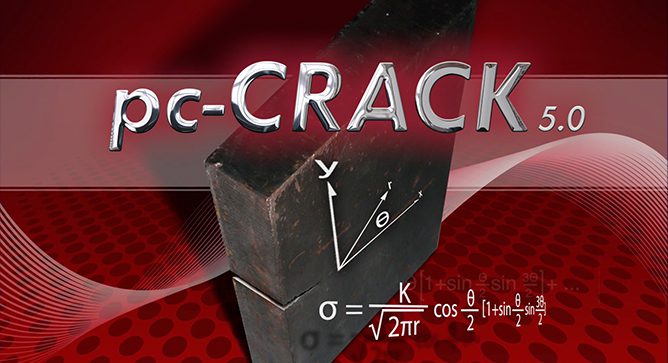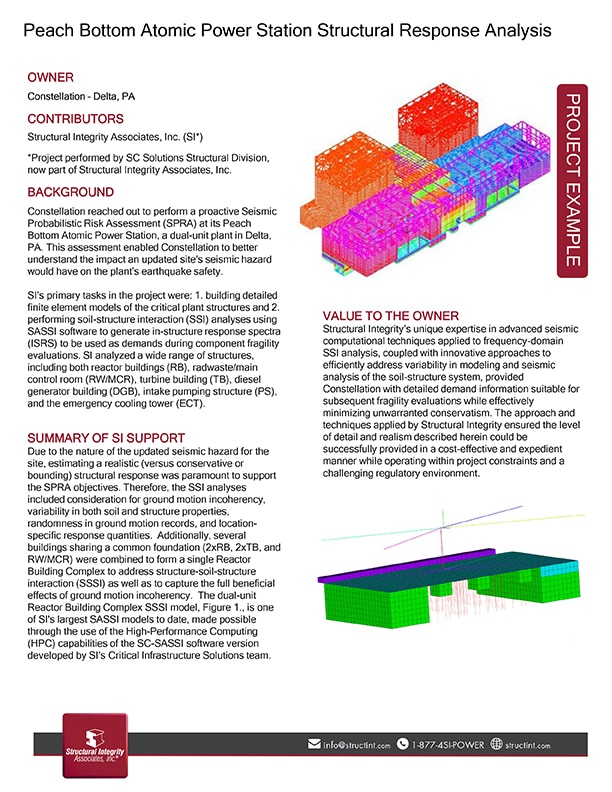Regulatory Overview
 In January 2012, the Pipeline Safety, Regulatory Certainty, and Job Creation Act of 2011 was signed into law directing PHMSA to take steps to further assure the safety of pipeline infrastructure. PHMSA issued the related Notice of Proposed Rulemaking (NPRM) for Safety of Gas Transmission and Gathering Pipelines on April 8, 2016. Included in the NPRM were significant mandates regarding:
In January 2012, the Pipeline Safety, Regulatory Certainty, and Job Creation Act of 2011 was signed into law directing PHMSA to take steps to further assure the safety of pipeline infrastructure. PHMSA issued the related Notice of Proposed Rulemaking (NPRM) for Safety of Gas Transmission and Gathering Pipelines on April 8, 2016. Included in the NPRM were significant mandates regarding:
- Verification of Pipeline Material (§192.607); and
- Maximum Allowable Operating Pressure (MAOP) Verification or “Determination” (§192.624)
The NPRM proposes requirements for operators to verify the MAOP of a gas transmission pipeline when:
- The pipeline has experienced an in-service incident (as defined by §191.3) due to select causes1 in a High Consequence Area (HCA), “piggable” Moderate Consequence Area (MCA), or Class 3 or 4 location since its last successful pressure test
- The pipeline lacks Traceable, Verifiable, and Complete pressure test records for HCAs or Class 3 or 4 locations
- The pipeline MAOP was established by the grandfather clause (§192.619 (a)(3)) for HCAs, “piggable” MCAs, or Class 3 or 4 locations.
To verify the MAOP of a pipeline, the NPRM provides the following options:
- Method 1: Pressure Test
- Method 2: Pressure Reduction
- Method 3: Engineering Critical Assessment (ECA)
- Method 4: Pipe Replacement
- Method 5: Pressure Reduction for segments with small potential impact radius (PIR) & diameter
- Method 6: Use Alternative Technology
The ECA Approach Per the NPRM, Method 3 (ECA) is defined as an analysis, based on fracture mechanics principles, material properties, operating history, operational environment, in-service degradation, possible failure mechanisms, initial and final defect sizes, and usage of future operating and maintenance procedures to determine maximum tolerable sizes for imperfections.
. . . To continue reading, please download the full issue.



